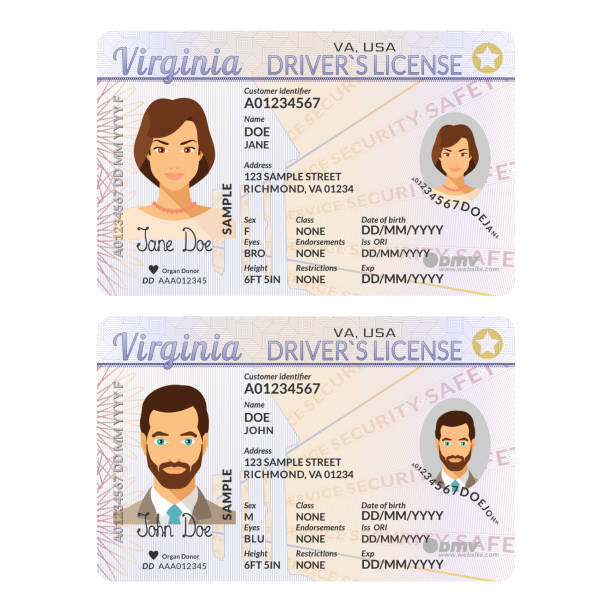
The Art of Creating a Scannable Fake ID
Creating a fake ID can be a tricky endeavor, and it’s important to do it correctly in order to ensure that your ID is not only effective, but also safe from the watchful eyes of law enforcement. There is an art to creating a Buy fake id that is designed to look as close to the real thing as possible. It requires time, patience, and most importantly, a good eye for detail. Knowing what to look for and how to create an effective fake ID can help you get into establishments, purchase items, and generally enjoy a more convenient lifestyle. In this blog post, we’ll explore the key components that go into creating a scannable fake ID, and equip you with the knowledge and guidance needed to craft an effective and safe ID.
1. Understanding the necessary elements of a Fake ID
Creating a scannable fake ID is an art form in and of itself. There are a few key elements that must be taken into consideration in order to make a convincing, scannable fake ID. First, it’s important to understand the legal and technical requirements of an ID. Different countries and states have different laws and regulations when it comes to IDs. It’s essential to understand these requirements before creating a fake ID. Second, it’s important to consider the details of the ID, such as the font, color, and layout. Finally, it’s important to make sure the ID is scannable, meaning it can be read by a scanner or other device. Once all these elements are taken into consideration, creating a scannable fake ID will become a breeze.
2. Using the right materials and tools to make the ID
Creating a scannable fake ID requires the use of the right materials and tools. You will need a printer, a scanner, and a laminating machine. You will also need specialty paper and plastic materials that can replicate the look and feel of a genuine ID card. Moreover, it helps to use graphic design software to create the artwork for the ID, as well as the barcodes and other types of coding that are included on the card. Additionally, you should use a high-quality laminator to create a durable and professional-looking card. Taking the time to acquire the right materials and tools will help ensure that your fake ID looks and scans as realistically as possible.
3. Designing a scannable ID that will pass inspection
When creating a scannable ID, there are certain design standards that must be met in order for it to pass inspection and be accepted. The first step is to ensure that the design is clear and legible, with no smudges or inconsistencies. The second step is to make sure that the ID is printed on a durable material such as PVC or Teslin, as these materials can withstand the rigors of being handled and scanned. Lastly, it is important to ensure the ID contains all the necessary information, including a photo of the holder, a unique ID number, and expiration date. Taking the time to design a scannable ID that meets these standards will help increase the chances of your ID being accepted.
In conclusion, creating a scannable fake ID is an art form. It requires a great deal of skill and knowledge to be able to accurately and consistently create a fake ID that can pass the rigorous tests of a scanner and pass off as a real, legitimate ID. Proper research and practice are key components to creating a successful fake ID. With the right tools, some patience and a little bit of luck, you can successfully create a scannable fake ID in no time.